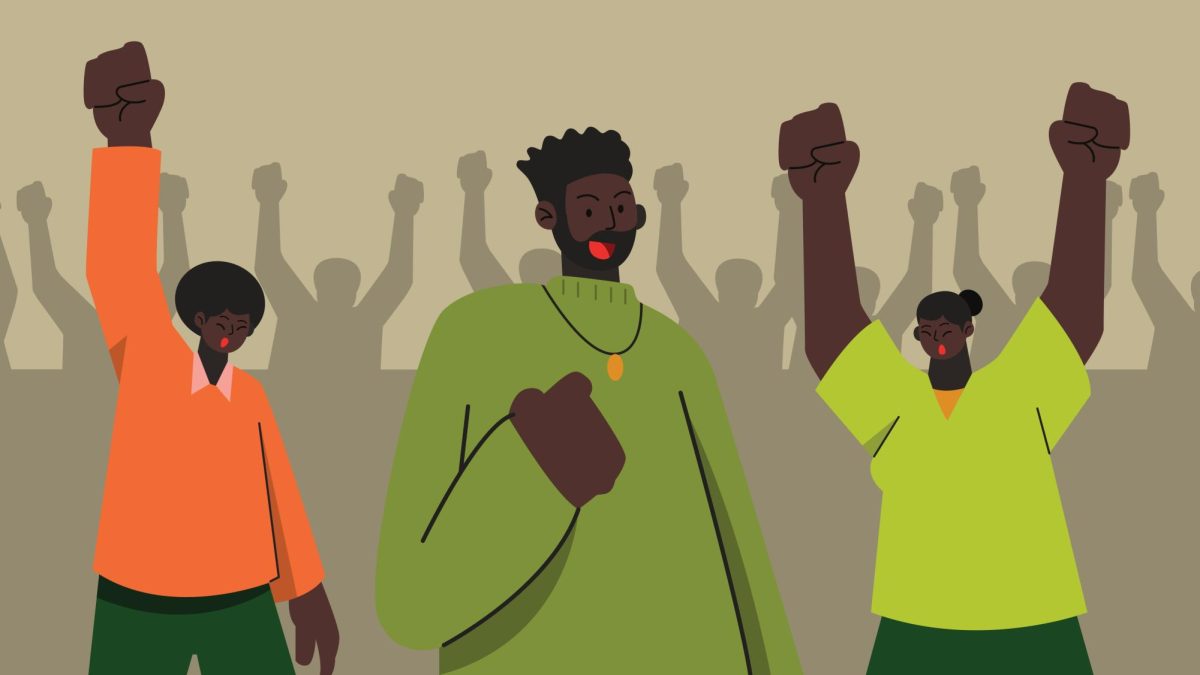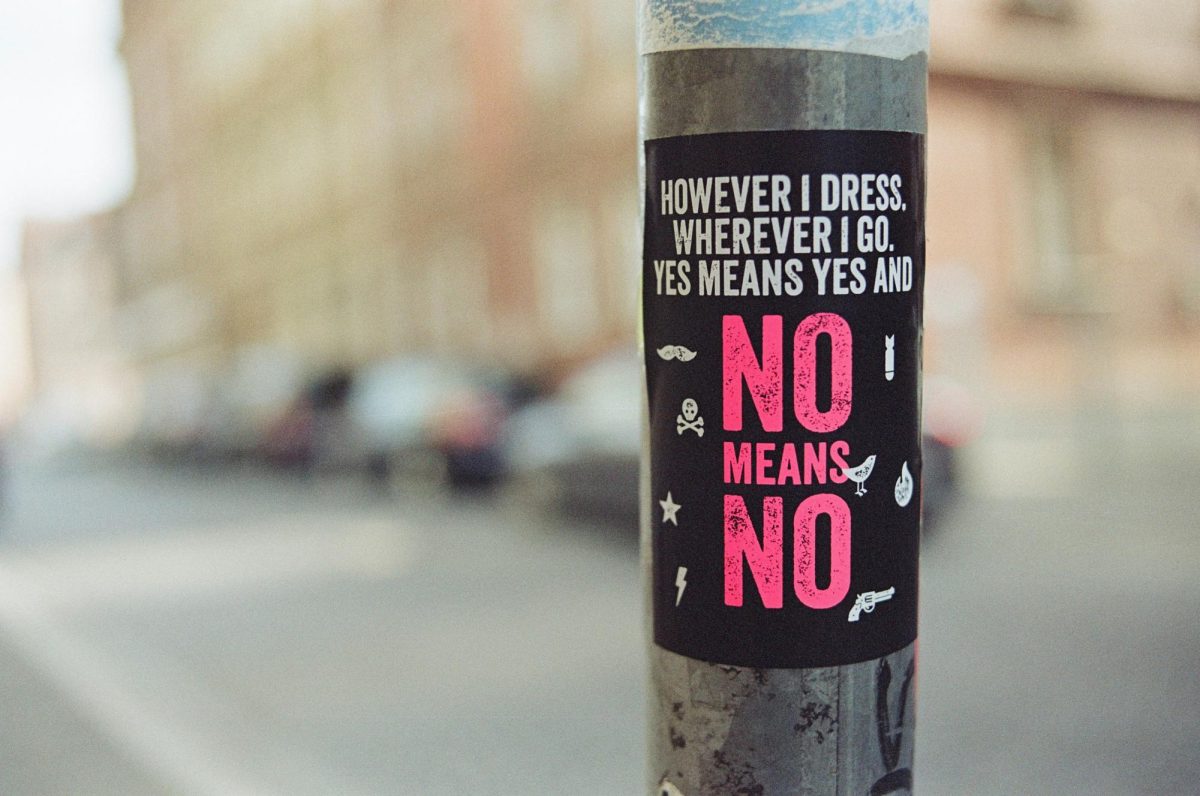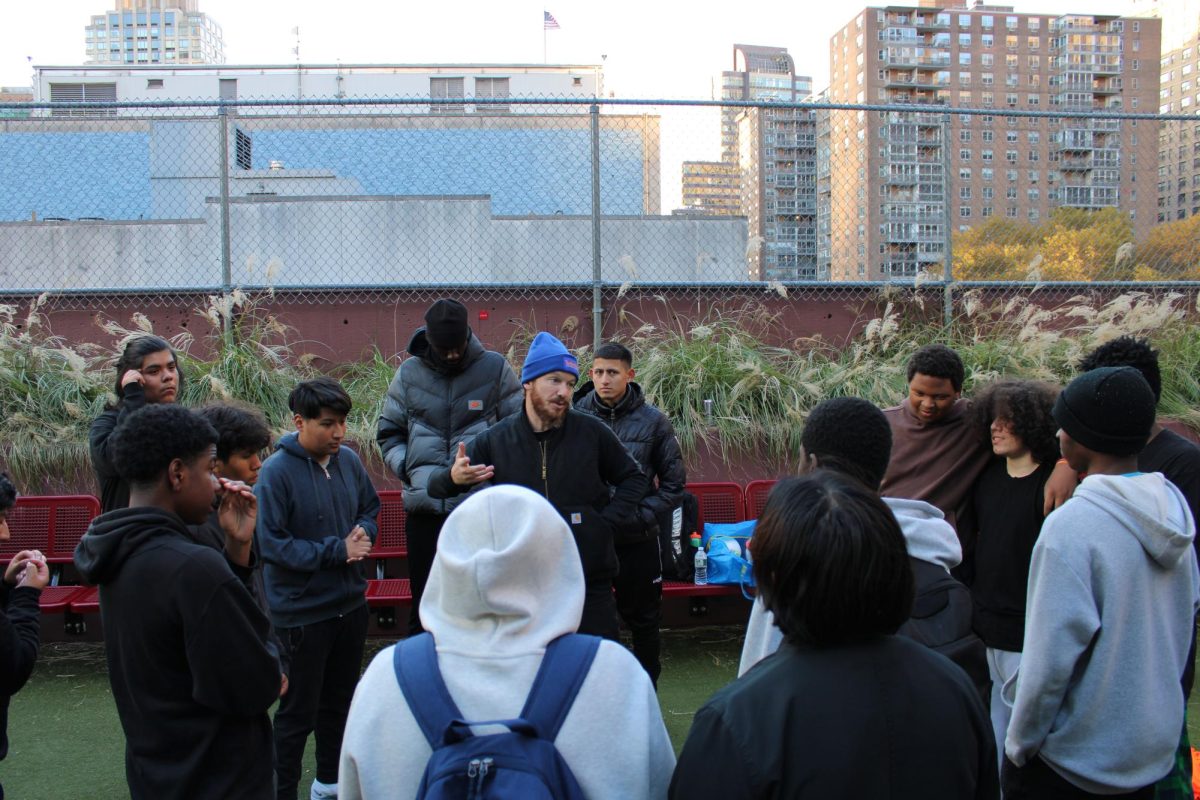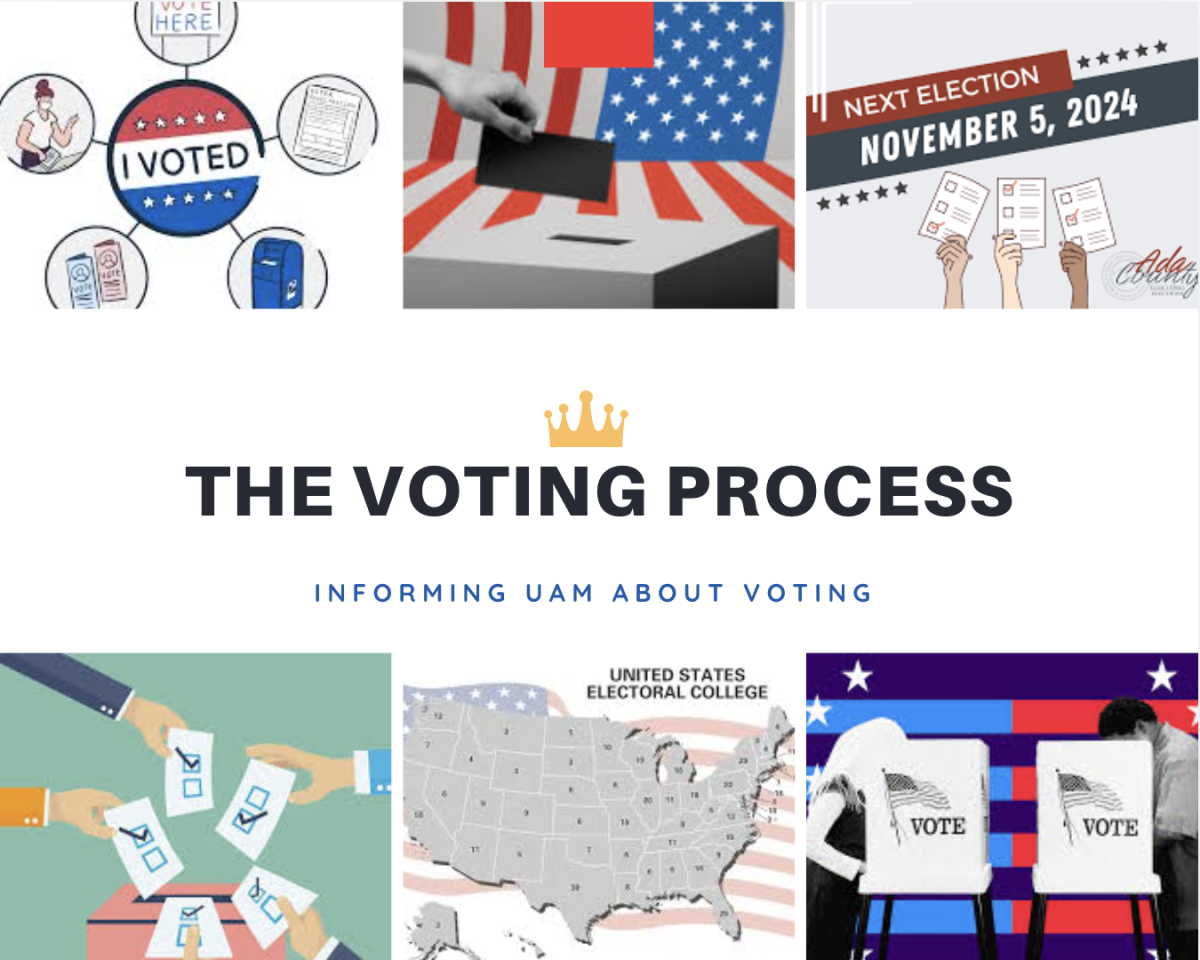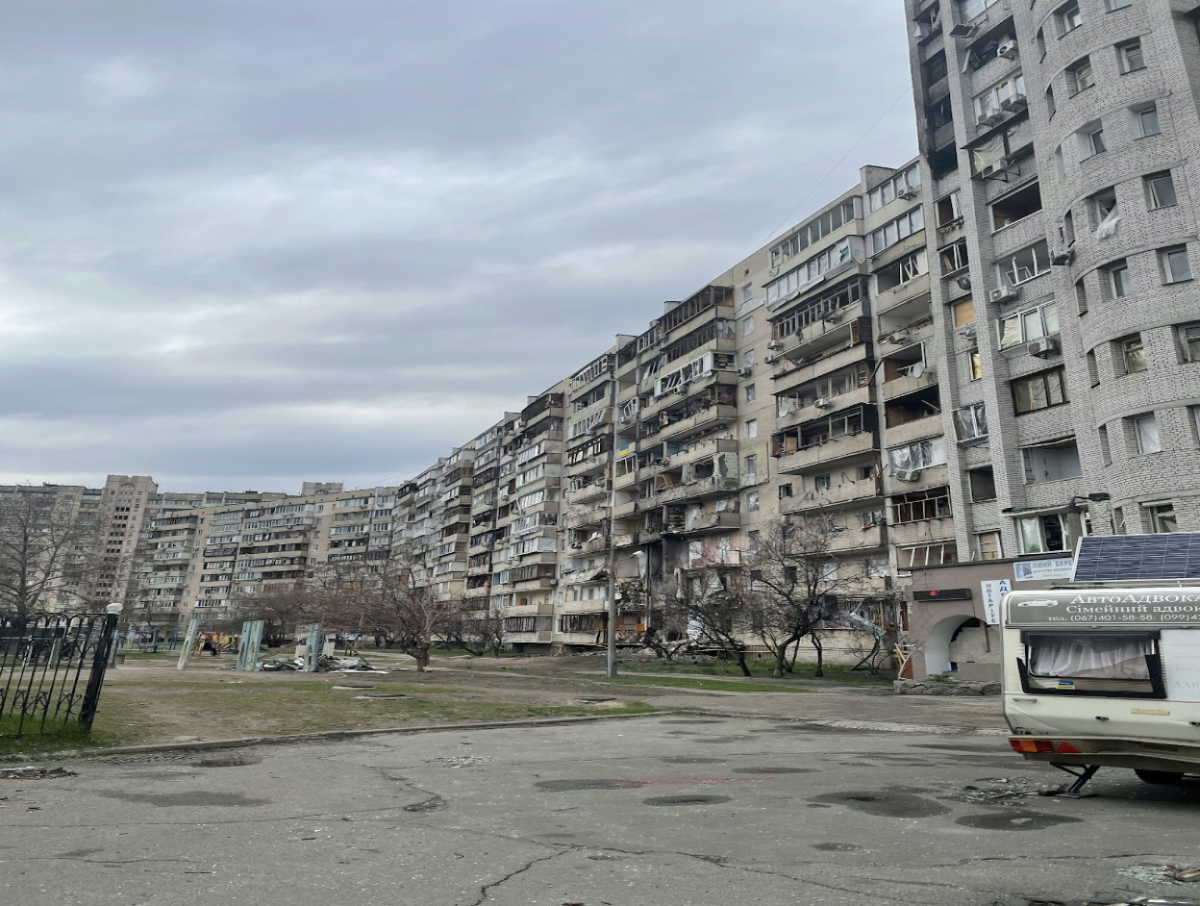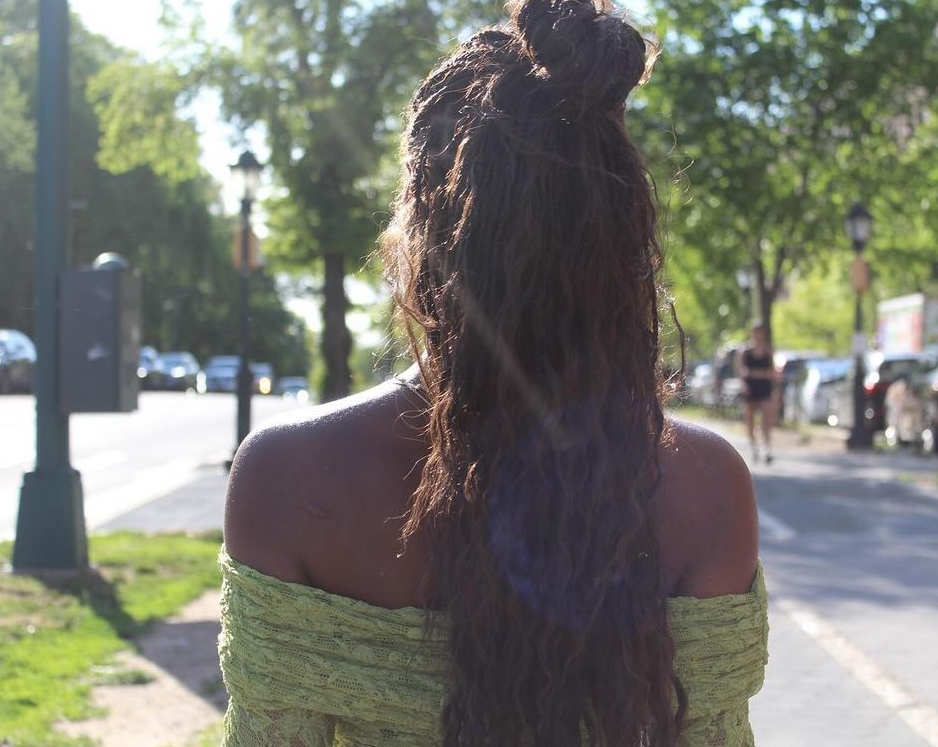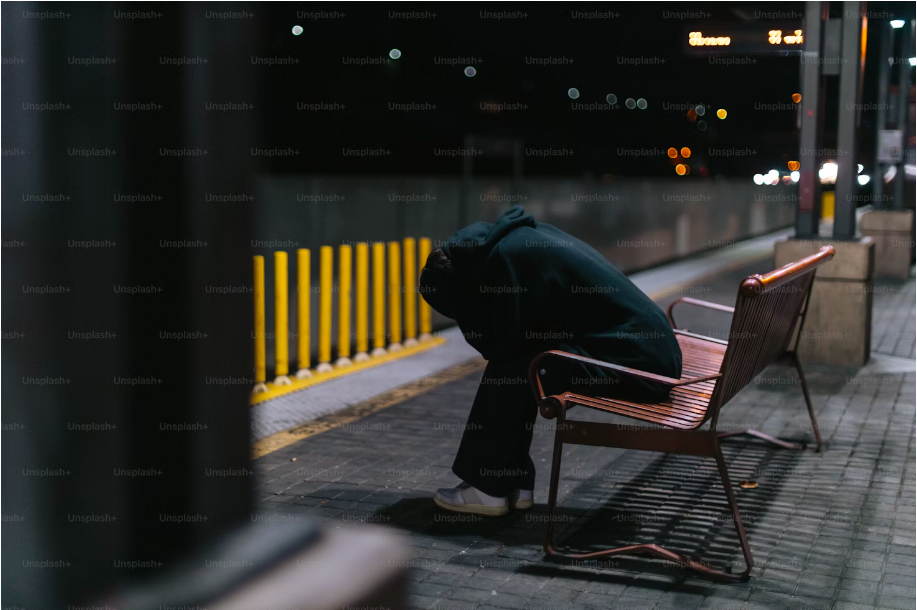Diving into violence in NYC, from the late 1900’s to now. Figuring out why and how it occurs, and how it affects residents in their daily lives.
The Dark Days:
In the 1970s and 1980s, New York City was infamous for its high crime rates. The city was struggling economically, and drug use was rampant. Violent crimes, including murders and assaults, were common, making NYC one of the most dangerous cities in the U.S. During this time, many neighborhoods were considered unsafe, and the fear of crime was a part of daily life. There were about 101 million crimes reported in the 70’s, and about 119 million crimes reported in the 80’s, according to (worldatlas.com)
1990’s to 2000’s
Things began to change in the 1990s. Under Mayor Rudy Giuliani and Police Commissioner William Bratton, the NYPD introduced aggressive policing strategies like the “Broken Windows” theory, which focused on cracking down on minor offenses to prevent more serious crimes. This approach, along with economic improvements, led to a significant drop in crime rates. By the early 2000s, NYC had transformed into one of the safest large cities in the country.
Patrick Sharkey, a professor at Princeton University, highlighted this change, saying, “NYC is among the safest big cities in the country” and noted that few cities with similar populations had lower murder rates (https://www.factcheck.org/2023/04/the-facts-on-manhattan-crime/).
Recent Trends: 2020s
However, recent years have brought new challenges. The COVID-19 pandemic led to economic hardship and social stress, causing a recurrence in certain types of crime. For instance, while overall crime dropped by 3.9% in June 2023 compared to the previous year, there was a 22.8% increase in auto thefts (https://www.nyc.gov/site/nypd/news/p00084/nypd-citywide-crime-statistics-june-2023).
Governor Kathy Hochul emphasized the importance of strategic investments to address these issues. “These trends are proof positive that our smart, strategic investments and strong local, state, and federal partnerships are making a difference in neighborhoods and communities across the state,” she said (https://www.governor.ny.gov/news/governor-hochul-details-first-comprehensive-overview-crime-trends-across-new-york-state-2023).
Additionally, Acting Police Commissioner Edward A. Caban talked about the NYPD’s ongoing efforts to tackle crime: “Wherever crime lingers in our city, the women and men of the NYPD are facing it head-on, concentrating their efforts in the neighborhoods that need them the most” (https://www.nyc.gov/site/nypd/news/p00084/nypd-citywide-crime-statistics-june-2023).
Looking Ahead: The Future of NYC
The fight against violence in New York City is ongoing. Policymakers, law enforcement, and community leaders are working together to find balanced solutions that combine effective policing with social services. The city’s future depends on addressing the root causes of violence, such as poverty, lack of education, and inadequate housing.
In conclusion, understanding the history and evolution of violence in New York City is crucial for crafting solutions for a safer future. The city’s journey from the crime-ridden streets of the past to the safer streets of today shows that change is possible with the right strategies and community support.



